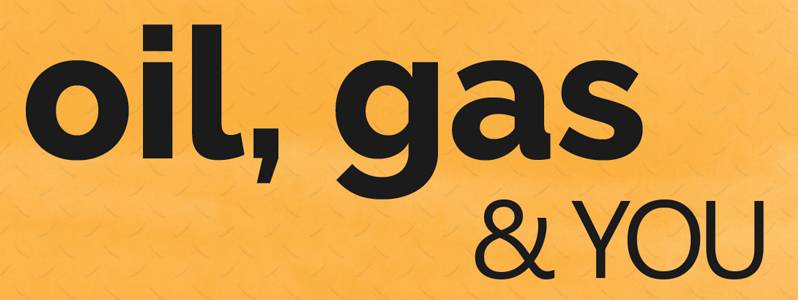NEWS reports that the Guyana Revenue Authority (GRA) has completed its audit of ExxonMobil’s US$460 million pre-contract costs naturally has many Guyanese wanting to know more about this auditing process, and the process that allows companies to recover their costs in the first place.
According to the media, the audit report has been handed to the Department of Energy to be forwarded to the company for its response.
While much has been said about the practice of cost recovery, the process is actually fairly standard in contracts across the energy industry, and applies from initial development all the way through production, and eventually decommissioning. Since the companies exploring for oil in the Stabroek Block took the risk to invest significant amounts of money in Guyana well before it was certain commercial quantities of oil would be found, it is not unusual for those companies to be able to recover their costs, via crude oil production, if oil is found. In fact, all of Guyana’s offshore block contracts are structured this way.
This cost recovery takes place over time, and the companies are only allowed to use a set percentage of oil production to cover costs in any given year. This recovery can only be through production. Despite claims to the contrary, this is not money owed by Guyana, and the government is not writing a cheque. These costs represent money invested up front by companies, without any guarantee on return. When a company decides to recover costs, those funds are directly recovered from oil production revenues if, and only if, oil or gas is found.
This type of arrangement allows Guyana to reap the benefits of expensive exploration and discovery investment, without taking on any risk. The Production Sharing Contract (PSC) signed with the Stabroek Consortium was designed so that the investing companies took on one hundred per cent of the financial risk, if oil was not found. But since at least 18 discoveries have been made, it’s a normal industry practice to allow companies to recover some of what they spent to make those discoveries happen. The same process will play out if finds are made on other blocks offshore.
Under the terms of the current contract, Guyana will also receive a royalty from production before any costs are deducted. But the main revenues will come through splitting the profits equally with the companies, after costs are accounted for. That also bodes well for Guyana’s revenues later in the decade. Oil development has high upfront costs, but costs decline once production is established. Most of the initial development costs should be recovered within the first few years, leading to much higher revenues for the government later in the decade.
Since determining which costs are recoverable and which aren’t is a complex process, it’s normal for a government to hire a third party to audit those costs, at regular intervals, to see if there are any discrepancies between what costs the companies believe they’re legally entitled to recover through production, and what the government believes.
Audits help governments and companies maintain a transparent working arrangement, and ensure costs are tightly controlled. As is normal with audits, the GRA report will now go to the companies operating in the Stabroek for their response, so that they can explain the reasoning behind costs.
As the audit takes place, small disputes over what costs are recoverable are commonplace, due to the complexity and size of oil production projects and expenditures. These are generally worked out with continued friendly back-and-forth between company and government.
It’s also helpful to understand what exactly these exploration costs are in Guyana. The top-line numbers have long been publicly available, and help illustrate just how technologically challenging and expensive exploration can be in a frontier area new to oil-and-gas development. For instance, ExxonMobil and its partners in the Stabroek Block spent $460 million prior to 2015 on initial exploration and development, including $140 million for seismic surveys on 20,000 km of ocean floor, $65 million for geology and engineering work to identify promising oil formations, and $230 million to drill the first exploratory well at the Liza site. Meanwhile, a single Floating Production, Storage and Offloading vessel (FPSO) can represent more than US$1 billion in investment costs to build and deploy.
And the Liza well represents only the tip of the iceberg, in terms of investments. Exxon CEO, Darren Woods recently vowed to invest more than US$9 billion in the Payara development; the largest single foreign investment in Guyana’s history. Each new investment like that represents enormous upfront costs borne by companies, and a huge payoff down the line for Guyanese. Cost recovery is one key element in making sure that balance continues to be profitable for all sides.




.jpg)










